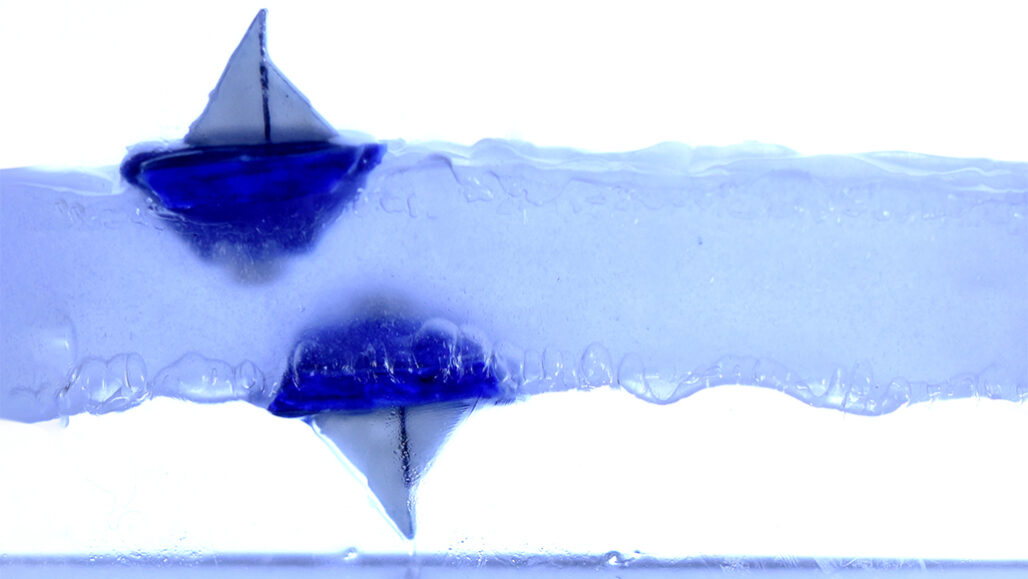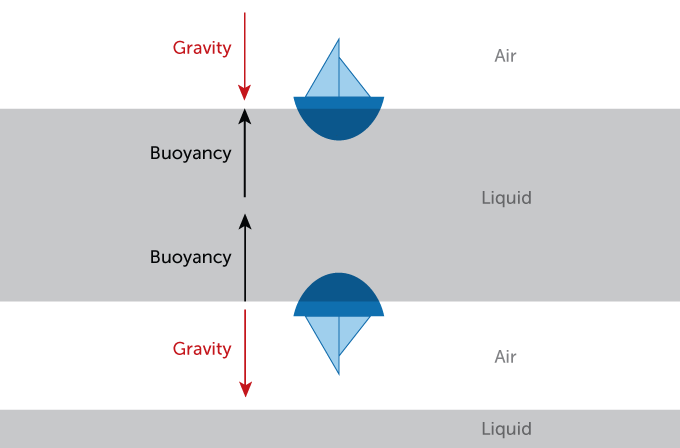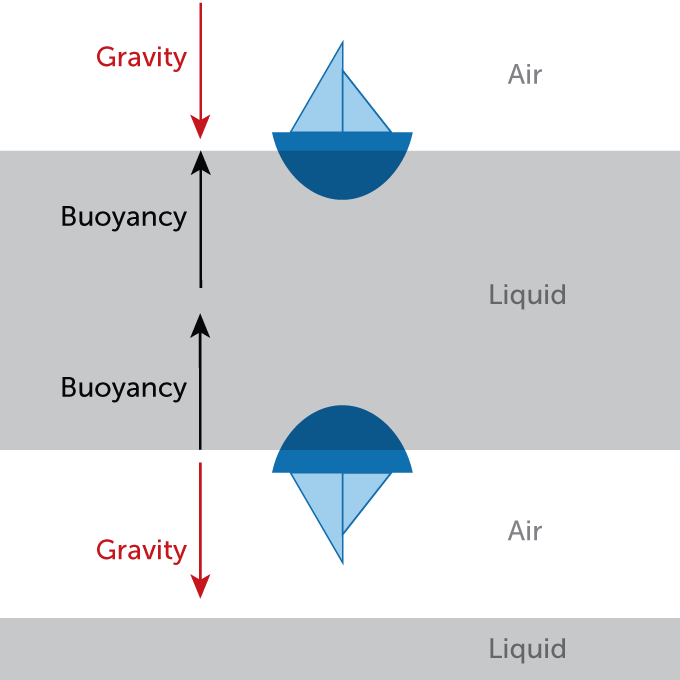buoyant: (n. buoyancy) An adjective for something that can float on or rise above some liquid or gas.
colleague: Someone who works with another; a co-worker or team member.
engineer: A person who uses science to solve problems. As a verb, to engineer means to design a device, material or process that will solve some problem or unmet need. (v.) To perform these tasks, or the name for a person who performs such tasks.
force: Some outside influence that can change the motion of a body, hold bodies close to one another, or produce motion or stress in a stationary body.
levitate: To seemingly defy the force of gravity by hovering (or floating) in some fluid, especially air, or to make that hovering happen.
glycerol: A colorless, odorless, sticky syrup that can be used as an antifreezing agent.
gravity: The force that attracts anything with mass, or bulk, toward any other thing with mass. The more mass that something has, the greater its gravity.










